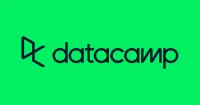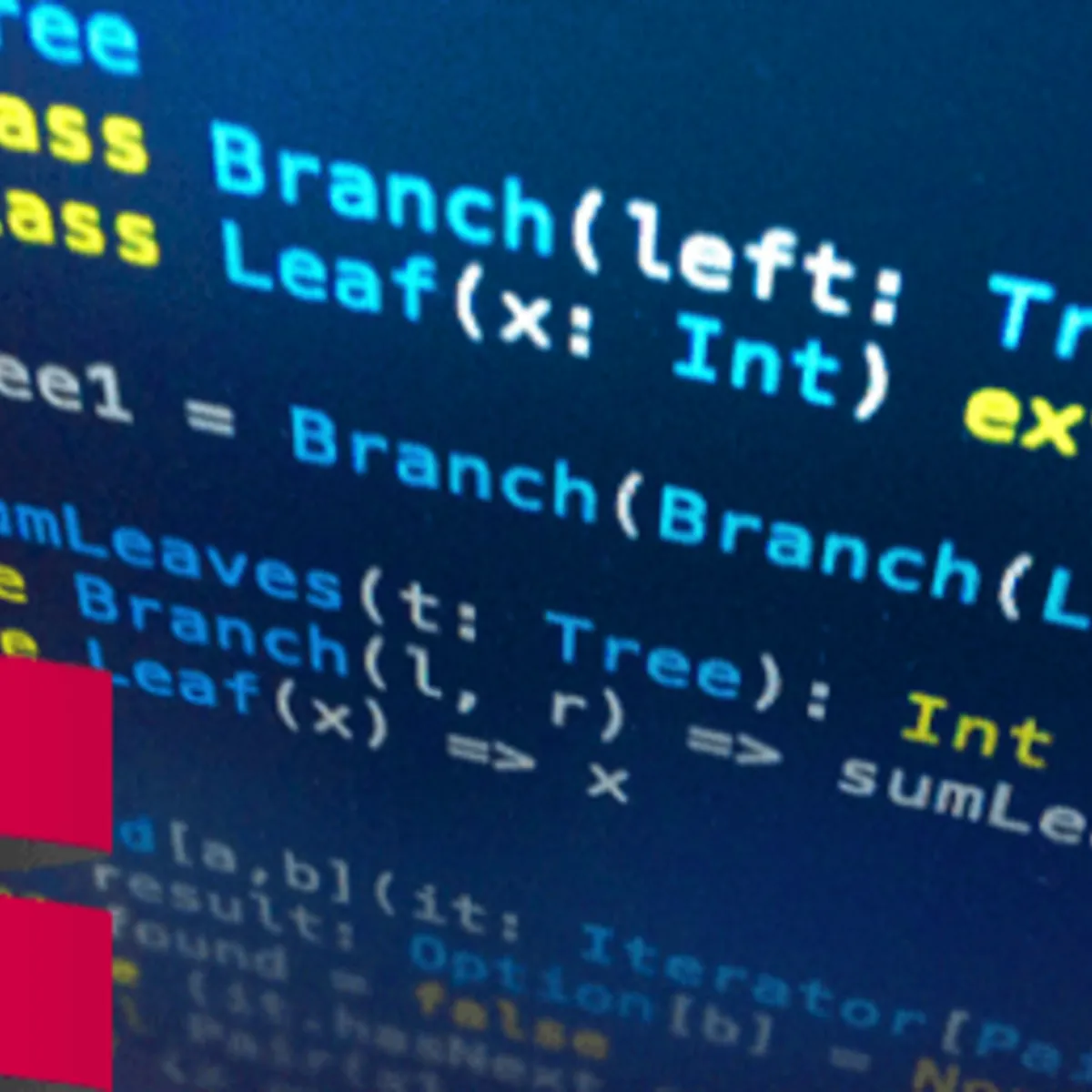
Dimensionality Reduction in Python 
Dimensionality reduction is a powerful tool for data exploration and pre-processing. Learn the distinction between feature selection and feature extraction, and how to use both techniques to overcome the curse of dimensionality. Discover how to detect and remove features that add little value to the dataset, and use models to find the most important features for predicting a target feature. Gain an understanding of why this algorithm is so powerful and use it for data exploration and pre-processing. ▼
ADVERTISEMENT
Course Feature
![]() Cost:
Cost:
Free Trial
![]() Provider:
Provider:
Datacamp
![]() Certificate:
Certificate:
No Information
![]() Language:
Language:
English
Course Overview
❗The content presented here is sourced directly from Datacamp platform. For comprehensive course details, including enrollment information, simply click on the 'Go to class' link on our website.
Updated in [June 30th, 2023]
This course provides an introduction to Dimensionality Reduction in Python. Participants will learn the distinction between feature selection and feature extraction and how to use both techniques for data exploration. The concept of the curse of dimensionality and how dimensionality reduction can assist in overcoming it will be discussed. Participants will be introduced to a variety of techniques for detecting and removing features that add little value to the dataset. Additionally, participants will learn how to use models to find the most important features in a dataset for predicting a specific target feature. Participants will gain an understanding of how and why this algorithm is so powerful, and will use it for data exploration as well as data pre-processing in a modelling pipeline.
[Applications]
It is suggested that those who have completed this course apply their knowledge of dimensionality reduction to data exploration and data pre-processing in a modelling pipeline. Additionally, they should be able to identify and remove features that add little value to a dataset, as well as use models to find the most important features in a dataset for predicting a specific target feature.
[Career Path]
A career path that is recommended for learners of this course is Data Scientist. Data Scientists are responsible for analyzing large datasets to uncover trends, patterns, and insights that can be used to inform business decisions. They use a variety of techniques, including feature selection and feature extraction, to explore data and identify meaningful relationships. They also use dimensionality reduction to reduce the complexity of datasets and make them easier to work with. Data Scientists must also be able to communicate their findings to stakeholders in a clear and concise manner.
The development trend for Data Scientists is very positive. As businesses become increasingly data-driven, the demand for Data Scientists is expected to grow significantly. Companies are looking for Data Scientists who can help them make sense of their data and use it to make better decisions. Data Scientists must also be able to use the latest technologies and techniques to stay ahead of the competition. As the demand for Data Scientists grows, so too will the need for professionals with the skills to meet this demand.
[Education Path]
The recommended educational path for learners interested in Dimensionality Reduction in Python is to pursue a degree in Data Science. Data Science is an interdisciplinary field that combines mathematics, statistics, computer science, and domain knowledge to extract insights from data. It involves the use of algorithms and techniques to analyze large datasets and uncover patterns and trends.
Data Science degrees typically include courses in mathematics, statistics, computer science, and domain knowledge. Students will learn how to use programming languages such as Python and R to analyze data and create models. They will also learn how to use machine learning algorithms to identify patterns and trends in data. Additionally, they will learn how to use dimensionality reduction techniques to reduce the complexity of datasets and make them easier to analyze.
The development trend of Data Science degrees is to focus more on practical applications and hands-on experience. Many universities are now offering courses that focus on the application of data science techniques to real-world problems. These courses often involve working with large datasets and using machine learning algorithms to uncover insights. Additionally, many universities are now offering courses that focus on the ethical implications of data science and the responsible use of data.
Course Syllabus
Exploring high dimensional data
Feature selection I, selecting for feature information
Feature selection II, selecting for model accuracy
Feature extraction
Course Provider

Provider Datacamp's Stats at AZClass
Discussion and Reviews
0.0 (Based on 0 reviews)
Explore Similar Online Courses

Create a Lead Generation Messenger Chatbot using Chatfuel

Introduction to Programming for the Visual Arts with p5js

RDBMS PostgreSQL

Intro To PostgreSQL Databases With PgAdmin For Beginners

PostgreSQL: Client Applications

Mastering SQL using Postgresql

Database Design and Basic SQL in PostgreSQL

PostgreSQL: Advanced Queries

Spatial SQL with Postgres : A language for geographers

Learn SQL Using PostgreSQL: From Zero to Hero

PostgreSQL Essential Training


Start your review of Dimensionality Reduction in Python